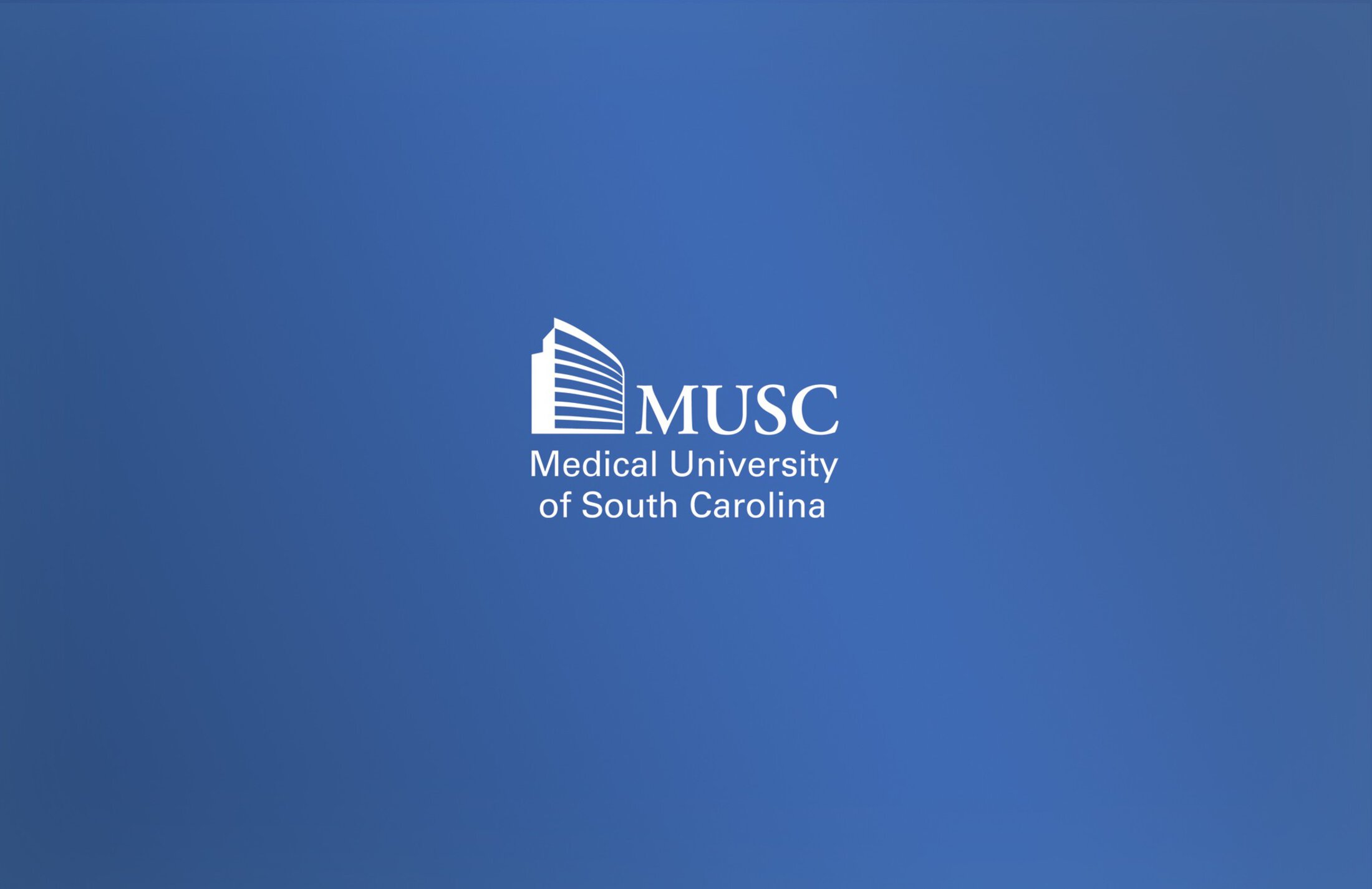NC NM4R 2024 Showcase Symposium
Video Archive
A free, two-day, virtual symposium showcasing the vast portfolio of research supported by the NC NM4R
Since 2016, NC NM4R has supported more than 50 ideas across the United States through mechanisms such as pilot funding, collaborative opportunities, or joint pilot funding. The goal of the 2024 spring symposium was to showcase a broad selection of examples that came to fruition through NC NM4R funding and to inspire a lively discussion about the future of neuromodulation and advancing the field further.
Presented in four sessions over two days via Zoom, this online symposium offered a platform to discuss neuromodulation for rehabilitation with current key topics of the field that reach from cutting-edge approaches to improve the precision of neuromodulation to ethical, legal, and societal impact. NC NM4R-supported researchers will presented their work, and eminent investigators in the field will provided valuable perspective. We are pleased to present this archive of recorded presentations from the symposium to the neuromodulation for rehabilitation community.
Symposium Moderators: Kirstin-Friederike Heise, Ph.D., and Rick Segal, PT, Ph.D., FAPTA
Day 1, March 14, 2024
Session 1: Network Modulation

Perspective Talk: Optimising Behavioural Responses to Neuromodulation by Understanding the Underlying Mechanisms decorative
Charlotte Stagg, MRCP, DPhil
University of Oxford, St. Hilda’s College

Neural Operant Conditioning Approaches for the Brain and Peripheral Nerves
James Sulzer, Ph.D.
MetroHealth System/Case Western Reserve University

Identifying Indices of Intermittent Hypoxia-Induced Neuroplasticity: Insights from Motor Learning and Metabolic Efficiency
Andrew Tan, Ph.D.
University of Colorado, Boulder

Discussion and Q&A
Session 2: Neuromodulation as a Primer

Perspective Talk: Operant Conditioning of Spinal Reflexes in Neurorehabilitation: Can Targeted Neurobehavioral Training Serve as a Primer for What?
Aiko Thompson, Ph.D.
Medical University of South Carolina

Customized Transcutaneous Auricular Stimulation: Accounting for Individual Differences and Investigating Unknowns
Mike Urbin, Ph.D.
University of Pittsburgh

Combining Neuromodulation and Rehabilitation for Freezing of Gait
Gonzalo Revuelta, DO
Medical University of South Carolina

Pairing CILT with Cerebellar tDCS in Individuals with Aphasia is Feasible and May Improve Language Performance
Sharyl Samargia-Grivette, Ph.D., CCC-SLP
University of Minnesota, Duluth

Transcranial Direct Current Stimulation for Post-Stroke Upper Extremity Motor Recovery – Advance from Pre-Clinical Stage Phase I to Multi-Center Phase II Study
Wayne Feng, M.D.
Duke University

Discussion and Q&A
Day 2, March 15, 2024
Session 3: Precision Neuromodulation

Perspective Talk: Orchestrated Non-Invasive Neuromodulation to Enhance Motor and Cognitive Functions
Friedhelm Hummel, M.D.
Ecole Polytechnique Federale de Lausanne

Regenerative and Rehabilitative Strategies for Functional Muscle Recovery Following Trauma
Koyal Garg, Ph.D.
Saint Louis University

Transcutaneous Spinal Cord Stimulation for Phantom Limb Pain
Ashley Dalrymple, Ph.D.
University of Utah

Time Course of Human Corticospinal Excitability during Visually Guided Action Preparation
Deborah Barany, Ph.D.
University of Georgia

Targeting Individual-Specific Neural Biomarkers of Sensorimotor Control in Aging and Post-Stroke
Michael Borich, DPT, Ph.D.
Emory University

Discussion and Q&A
Session 4: Neuroethical Perspective

Perspective Talk: Ethical Considerations around Pediatric Neurostimulation
Jared Smith, Ph.D.
Baylor College of Medicine, Center for Medical Ethics and Health Policy

Enhancing Representation in Neuromodulation Research: Creating Big Changes with Small Steps
Marlon Wong, PT, Ph.D.
University of Miami

taVNS in Infants after Perinatal Brain Injury: The Challenge of Inducing Neuroplasticity During Development
Dorothea Jenkins, M.D.
Medical University of South Carolina

Ethical Considerations of the Use of Accelerated TBS for Mild Cognitive Impairment
Andreana Benitez, Ph.D.
Medical University of South Carolina

Discussion and Q&A

